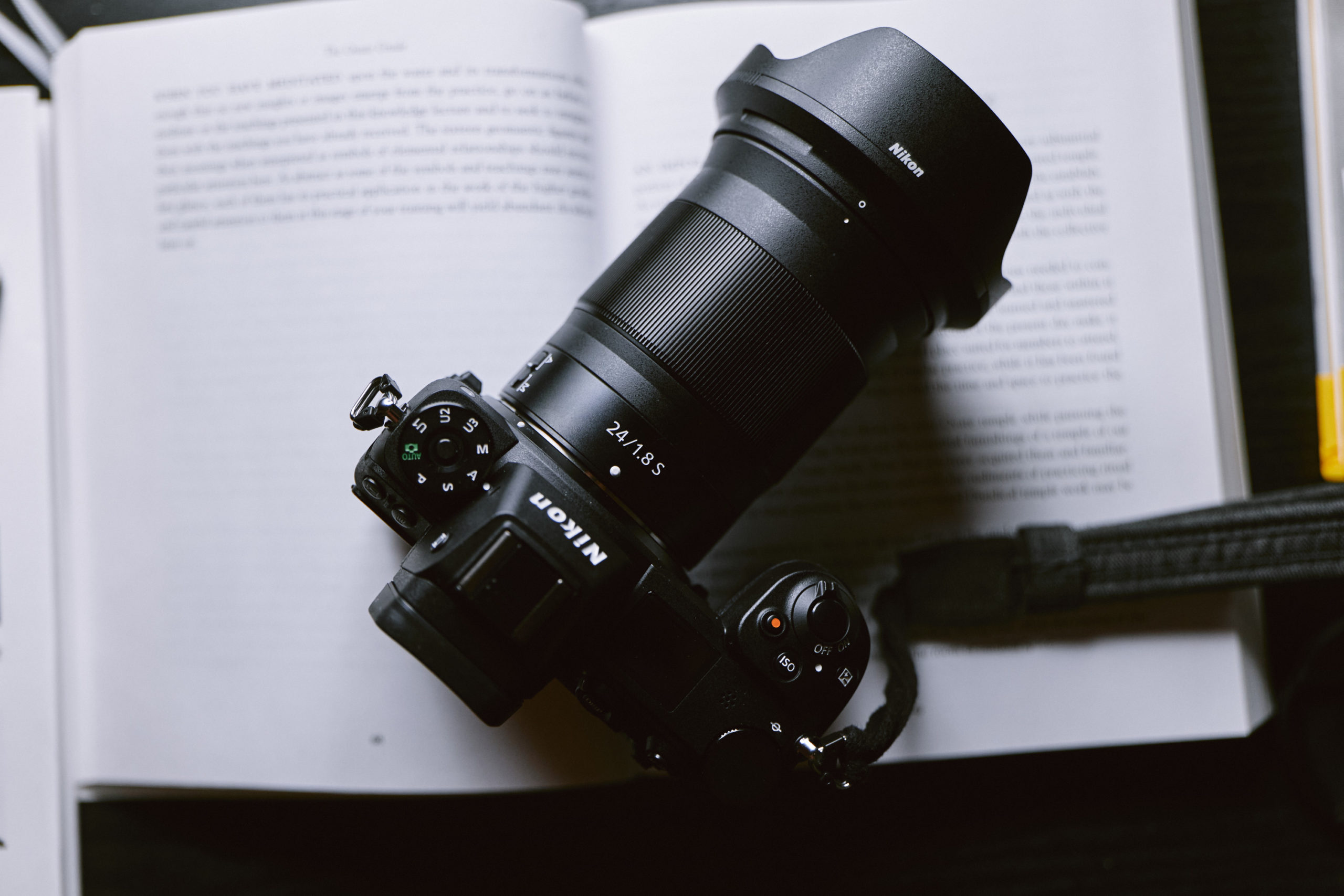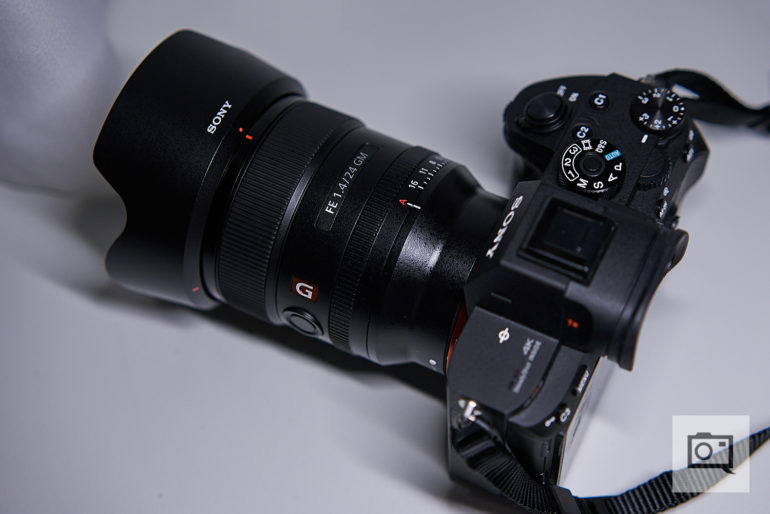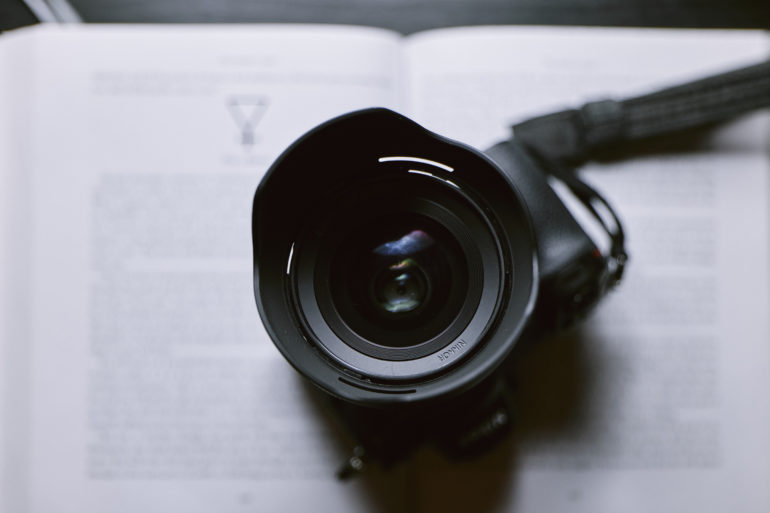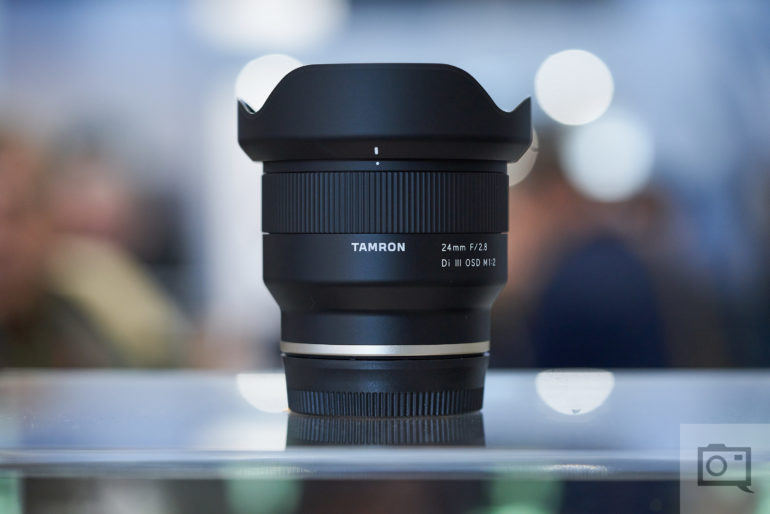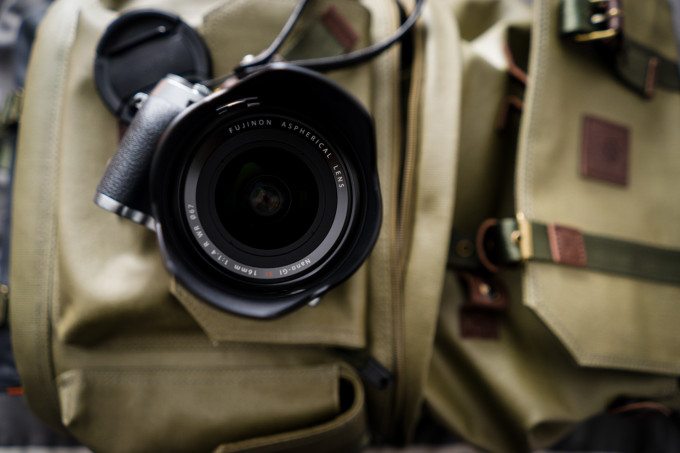The 24mm lens is a classic focal length for street photography and documentary shooting. In recent years, it has lost some popularity for those genres. But, it’s very good for environmental portraits, landscapes, and anything outdoors. Lucky for you, we’ve tested a lot of them. So we dove into our Reviews Index to find some of the best to take into the rain, snow, and dirt. Here are the best 24mm lenses to use in the great outdoors.
The Phoblographer’s product round-up features are done in-house. Our philosophy is simple: you wouldn’t get a Wagyu beef steak review from a lifelong vegetarian. And you wouldn’t get photography advice from someone who doesn’t touch the product. We only recommend gear we’ve fully reviewed. If you’re wondering why your favorite product didn’t make the cut, there’s a chance it’s on another list. If we haven’t reviewed it, we won’t recommend it. This method keeps our lists packed with industry-leading knowledge. Some of our stories include affiliate links. If you buy something through one of these links, we may earn an affiliate commission.
Pro tips for Using 24mm Lenses
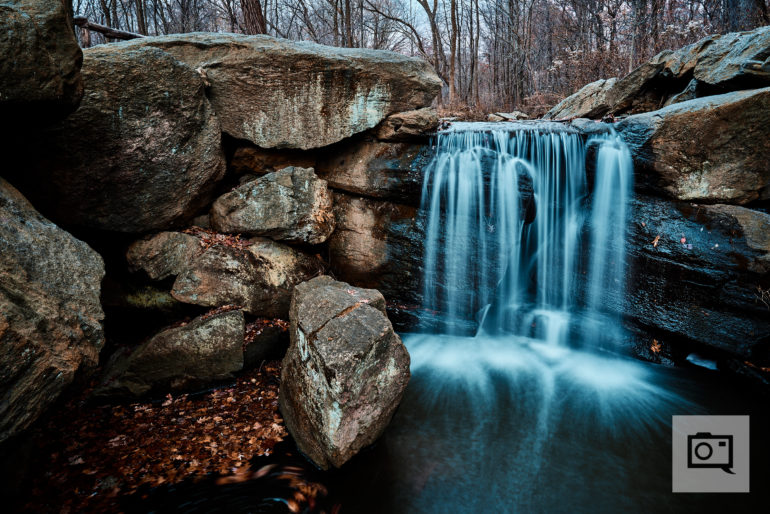
Here are some professional tips for using 24mm lenses.
- 24mm lenses have gotten a lot better over the years. But they’re still not great enough that we’d use them for portraiture all the time. Go for environmental portraits if anything.
- If you’re going into the great outdoors with these lenses, we think you should grab a weather-resistant camera too.
- Make sure the lens is tightly mounted onto the camera and all the camera’s ports are closed.
- 24mm lenses are great for landscapes, seascapes, cityscapes, and events. They’re fantastic storytelling lenses too.
Sony 24mm f1.4 G Master
| MOUNT | Sony E-mount |
| FORMAT | 35 mm full frame |
| FOCAL LENGTH (MM) | 24 |
| 35 MM EQUIVALENT FOCAL LENGTH (APS-C) | 36 |
| LENS GROUPS / ELEMENTS | 10–13 |
| ANGLE OF VIEW (35 MM) | 84゚ |
| ANGLE OF VIEW (APS-C) | 61゚1 |
| MAXIMUM APERTURE (F) | 1.4 |
| MINIMUM APERTURE (F) | 16 |
| APERTURE BLADES | 11 |
| CIRCULAR APERTURE | Yes |
| MINIMUM FOCUS DISTANCE | 0.79 ft (0.24 m) |
| MAXIMUM MAGNIFICATION RATIO (X) | 0.17 |
| FILTER DIAMETER (MM) | 67 |
| IMAGE STABILIZATION (STEADYSHOT) | – (body-integrated) |
| HOOD TYPE | Petal shape, bayonet type |
| SIZE & WEIGHT | |
| DIMENSIONS (DIAMETER X LENGTH) | 3″ x 3 3/4″ (75.4 x 92.4 mm) |
| WEIGHT | 15.7 oz (445 g) |
In our review, we state:
“Despite its diminutive size and lightweight construction, the Sony 24mm f1.4 G Master is one heck of an engineering marvel, and really showcases the advancements Sony has achieved when it comes to optics design. The 24mm f1.4 G Master features a dustproof and moisture resistant design like the rest of the lenses from Sony’s premium G Master lineup, immediately identifiable by their distinctive orange G badge. We tested our review unit in a particularly frigid New York City winter, subjecting the lens to freezing temperatures as well as a combination of rain and snowfall. The weather sealing on the Sony 24mm f1.4 G Master held up without incident, and the fluorine coating on the lens’ front element made it very easy to clean up any raindrops or snowflakes that made contact with the front element, with no streaking left behind.”
Nikon 24mm f1.8 Z S
| Angle of View | 84° |
| Aperture Blades | 9, Rounded |
| Aspherical Elements | 4 |
| Autofocus | Autofocus |
| Brand | Nikon |
| Compatibility | Full Frame |
| Diameter | 3.1″ |
| Extra Low-Dispersion Elements | 1 |
| Filter Size | 72.0mm |
| Focal Length | 24.0-24.0 |
| Groups/Elements | 10/12 |
| Hood Included | Yes |
| Image Stabilization | No |
| Item Type | Lens |
| Length | 3.8 |
| Lens Type | Wide Angle |
| Max Aperture | 1.8 |
| Maximum Magnification | 0.15x |
| Minimum Aperture | 16.0 |
| Minimum Focusing Distance | 0.8feet |
| Mount | Nikon Z |
| Weight | 1.0 lb. |
In our review, we state:
“The Nikon 24mm f1.8 Z was used extensively in the rain. In fact, we kept it out for a few hours and it kept working. I was very thoroughly impressed previously with how good the build quality of Nikon’s lenses are, but this blew me away. Photographers who need to shoot in less than ideal conditions will feel relieved that this lens will keep working.”
Tamron 24mm f2.8 Di III RXD
| Model | F051 |
| Focal Length | 24mm |
| Maximum Aperture | f2.8 |
| Angle of View (diagonal)* | 84°04′ |
| Optical Construction | 10 elements in 9 groups |
| Minimum Object Distance | 4.7 in (0.12m) |
| Maximum Magnification Ratio | 1:2 |
| Filter Size | Ø67mm |
| Maximum Diameter | Ø73mm |
| Length** | 64mm (2.5 in.) |
| Weight | 7.6 oz (215g) |
| Aperture Blades | 7 (circular diaphragm)** |
| Minimum Aperture | f22 |
| Standard Accessories | Lens hood (Flower-shaped), Lens caps |
| Compatible Mounts | Sony E-mount |
In our review, we state:
“Despite the plasticky feel, the Tamron 24mm f2.8 Di III OSD M1:2 is robustly built. The weather-sealing on this lens performed as advertised. Neither torrential downpours nor freezing temperatures had negative effects on the Tamron 24mm f2.8’s performance. Like its 35mm counterpart, the focusing ring just felt too loose. Added resistance when turning would make manual focusing more precise. This is particularly important for long exposure work.”
Fujifilm 16mm f1.4 R WR (24mm Equivalent in APS-C)
| Physical | |
|---|---|
| Filter Thread | Front:67 mm |
| Dimensions (DxL) | Approx. 2.89 x 2.87″ (73.4 x 73 mm) |
| Weight | 13.23 oz (375 g) |
In our review, we state:
“We took this lens and the X-T1 out into a heavy rainfall here in NYC and proud to say that the camera and lens are still working together very well. Indeed, the weather resistance moniker holds up. But besides the fact that it can shrug off the rain, the lens feels great in the hand. The focusing ring is smooth, the aperture ring has decent clicks, and it just feels like a solid lens meant to do lots of work. For what it’s worth though, the rings are nowhere as nice-feeling as Leica’s, Voigtlander’s and Zeiss’s. The advantage that Fujifilm’s rings have over the others though has to do with the grooves that allow the rings to be easily gripped. While Leica’s focusing tabs can also be rather nice, the more conventional way to shooting is also preferred sometimes.”


